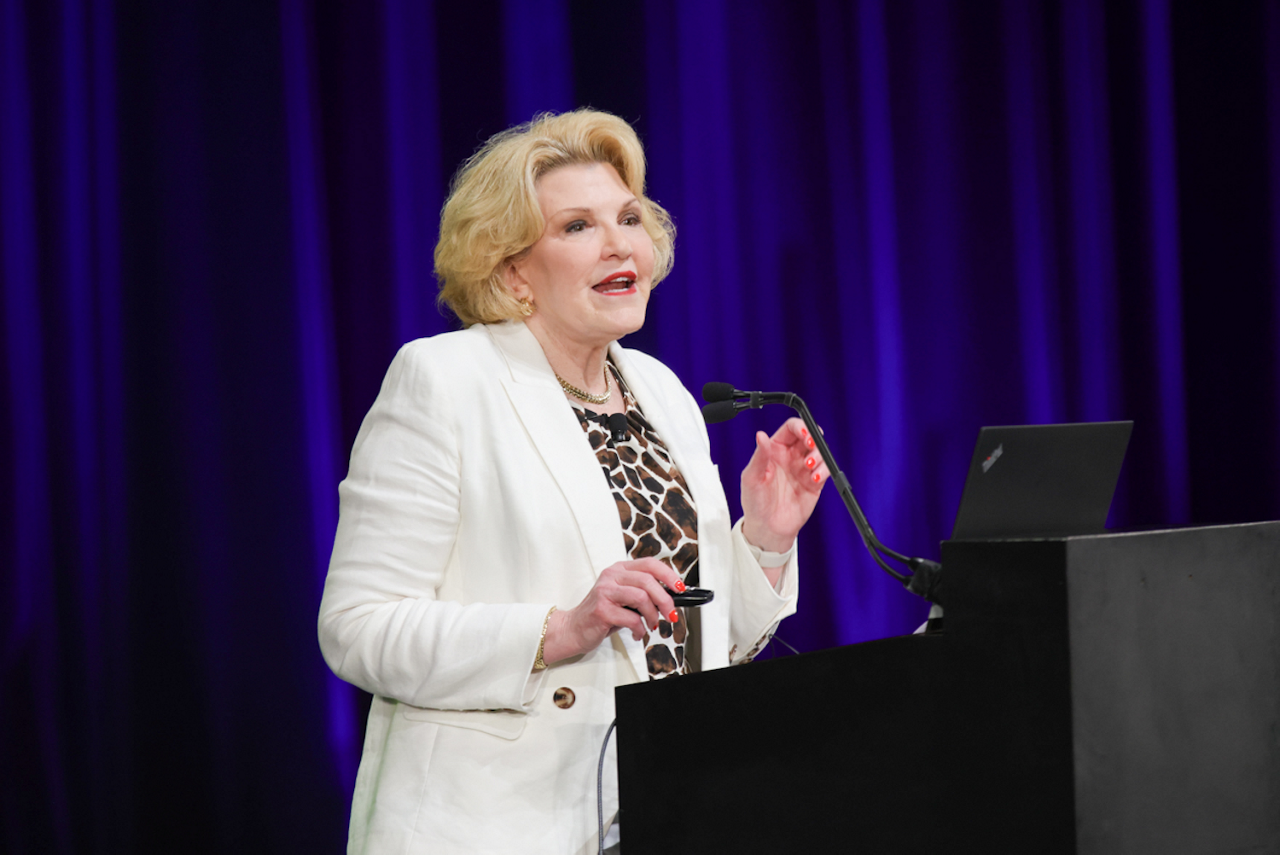It’s all well and good to understand the benefits of EXPs. But what about the flipside? Now, implementing employee experience platforms does pose challenges, from integration with existing systems and ensuring data privacy to managing change.
Here are a few challenges that should be given due consideration:
1. Implementation Complexity: Deploying an EXP can be a complex process. It requires careful planning, configuration, and integration with existing systems. Organizations need to ensure that the platform is tailored to their specific needs and that employees are trained to use it effectively.
2. Data Privacy and Security: Given the sensitive nature of employee data, ensuring robust security measures and compliance with data protection regulations is crucial. Organizations must implement strong data governance policies to protect personal and performance information.
3. User Adoption: Getting employees to fully embrace a new platform can be challenging. Effective change management strategies, including clear communication and training, are essential to drive user adoption and engagement.
4. Customization vs. Standardization: Balancing customization with the need for standardization can be tricky. While customization allows the platform to meet specific organizational needs, excessive customization can complicate updates and maintenance
5. Cost Considerations: The cost of implementing and maintaining an EXP can be significant, especially for smaller organizations. It’s important to weigh the potential benefits against the costs and consider the platform’s ROI.
Conclusion
Future trends in employee experience platforms will focus on advanced AI for predictive analytics and personalized experiences, alongside comprehensive well-being features. Emerging technologies like VR and AR will enhance training and collaboration. Despite challenges like implementation complexity and data security, EXPs will increasingly emphasize holistic well-being, personalized career development, and improved support for remote work, driving enhanced engagement and productivity while adapting to evolving workforce needs.




